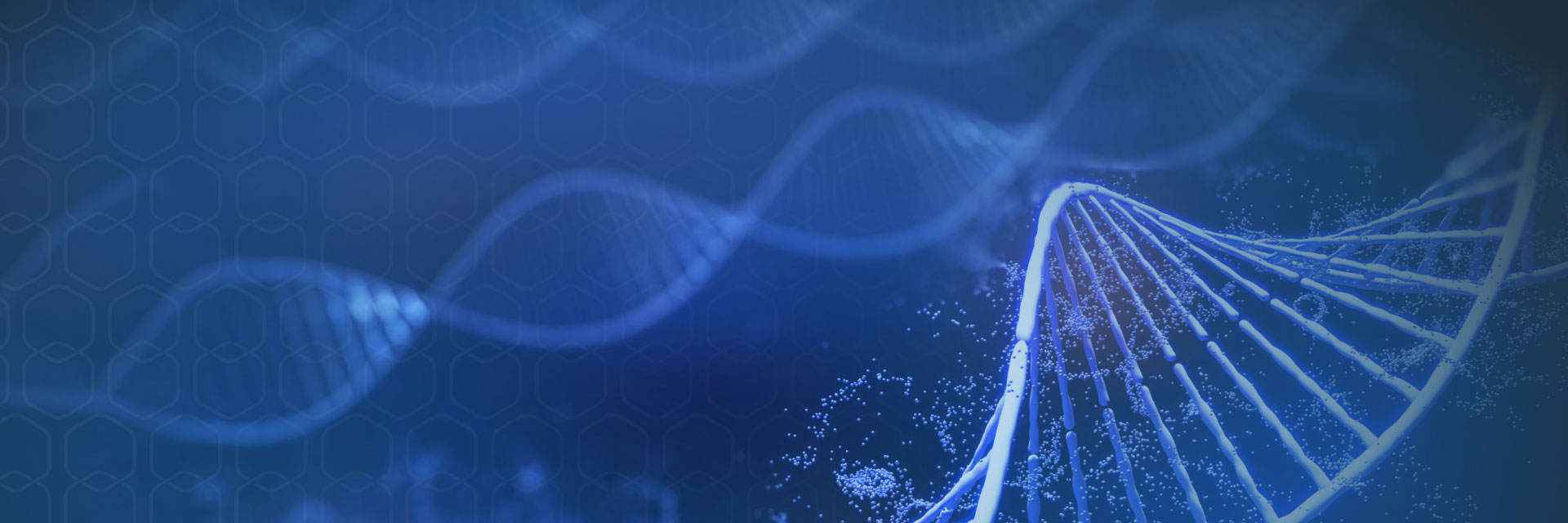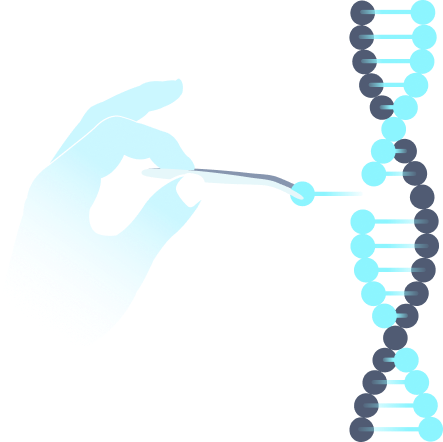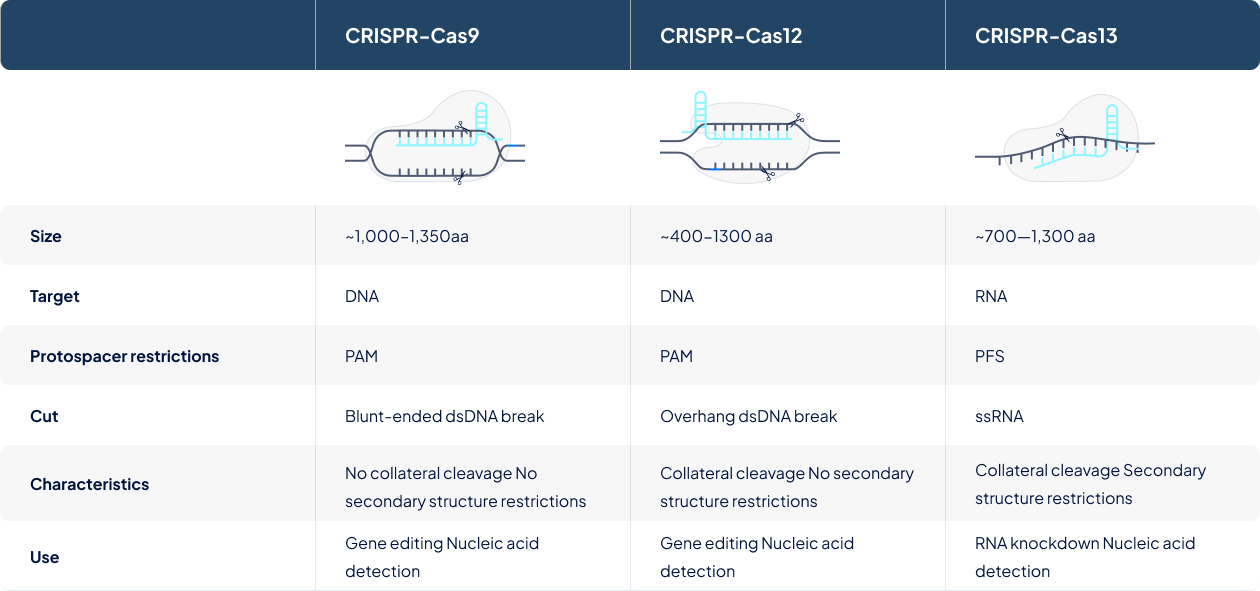Your privacy is very important to us. When you visit our website, please agree to the use of all cookies. For more information about personal data processing, please go to Privacy Policy.


What is Gene Therapy?
Gene therapy is a technique that modifies a person’s genes to treat, prevent, or cure disease. Gene therapies can be used to correct a mutant gene by one of the three ways:
-
Replacing a mutant gene with a healthy copy of a gene.
-
Silencing or inactivating the transcript of a mutant gene.
-
Repairing or turning-off the mutated gene.

Two Types of Gene-based Therapies
-
01GENE REPLACEMENT
This technique gives the cells a new, working copy of the missing or non-working gene through a vector (known as the carrier) bringing the functioning gene into the nucleus of specific cells. The new functioning gene may become part of the cell's DNA or it may stay separated and makes the protein that is missing or is in short supply. When the vector is no longer needed, it is eliminated from the body.
-
02GENE EDITING
This technique inserts, removes, modifies, or replaces specific pieces of DNA in a person. Scientists have been exploring ways to edit pieces of DNA at precise spots along the gene. The goal of gene editing is to change the existing gene and correct the mutations where they occur. CRISPR is the most common type of gene editing by changing the DNA sequences and affecting the gene function.
Gene editing (also called genome editing) is a group of technologies being used by scientists to change the DNA of many organisms, including humans, plants, bacteria, and animals. While other forms of genomic medicine work with genetic material without physically altering the DNA, gene editing makes functional changes - known as edits - to the DNA at a specified point. To make these additions, deletions, and alterations in the genome, gene editing requires the use of gene-editing technologies acting like scissors. One widely known gene-editing technology is called CRISPR (Clustered Regularly Interspaced Short Palindromic Repeats).

Discovery of CRISPR
CRISPRs were first identified by Dr. Yoshizumi Ishino and his team from the University of Osaka in 1987 when they observed an “unusual arrangement with repeated sequences” in the bacteria E. coli. However, due to the lack of advanced DNA sequence technology and sufficient sequence data (the sequencing process had not yet been automated), the function of these arrays remained a mystery. It wasn’t until 1993 that Dr. Francisco Mojica from the University of Alicante in Spain characterized for the first time what is now called a CRISPR locus. Almost a decade later, Mojica and coworkers reported the different repeat sequences that they had observed shared a common set of features in the year of 2000. In collaboration with Dr. Ruud Jansen from the University of Utrecht in the Netherlands who were searching for additional repeat sequences, the term CRISPR was invented to avoid confusion from other acronyms used to describe the sequences in the scientific literature. Jansen was the first to publish these findings in 2002, as he identified the first four Cas (CRISPR-associated) proteins (Cas1 through Cas4). He noted that those Cas proteins were present in prokaryotes (Archaea and Bacteria), but absent from the eukaryotes or viruses. In 2005, Mojica also reported that these sequences matched snippets from the genome of bacteriophage. This finding led to the hypothesis that CRISPR was an adaptive immune system.
What is The CRISPR-Cas System?
The first experimental evidence that CRISPR was an adaptive immune system was published by Dr. Philippe Horvath and colleagues in 2007. They showed that Cas genes did not directly provide resistance but rather mitigate the insertion of additional fragments of foreign DNA (spacers), as well as repeats. The CRISPR spacers then have been used as immunological recordings to combat infections.
The Cas protein sequences and the genomic organization of CRISPR-Cas loci display a wide diversity and are rapidly evolving. Currently, 2 classes, 6 major types and more than 33 subtypes of Cas proteins have been identified, and our knowledge of this diversity of Cas proteins continues to expand. For example, we now also know that some Cas proteins like Cas9 or Cas12 cleave DNA, while Cas13 proteins cleave RNA.
CRISPR Systems

HG-PRECISE® – Novel Cas Discovery and Evolution
Our proprietary HG-PRECISE (HuidaGene – Platform for Rational Engineering of CRISPR-Cas Identification by Synergic Expertise) platform enables rapid discovery of novel Cas proteins using both artificial intelligence (AI) and deep machine learning (ML) of DNA sequencing and assembly prediction from metagenomic database.






